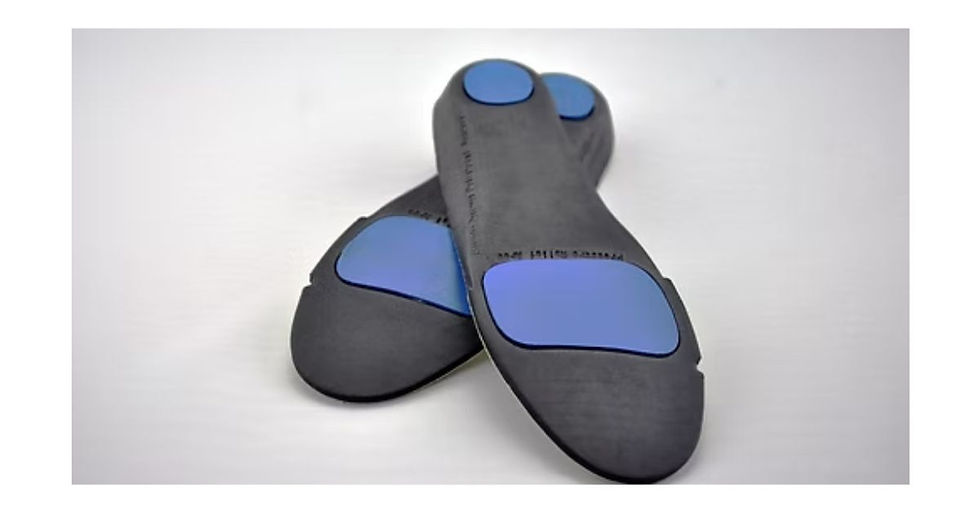What you need to know about Osteoporosis
- Lifeforce Hub Singapore

- Mar 1, 2020
- 3 min read
Updated: Sep 26, 2024

Osteoporosis is a medical condition whereby the density level of the bones in the body decreases. This loss of bone density causes the bones to become easily compressible and porous, leading to fragile and weak bones that suffer from frequent fractures.
Bone is live tissue that breaks down and renews itself constantly. In a young body, new bone is created faster than old bone degenerates. As we age, the process of new bone creation slows down and old bone breaks down faster than new bone is made.
For osteoporosis patients, some of the areas in the body that are more prone to bone fractures include the spine, ribs, wrists and hips, although every skeletal bone in the body are susceptible to fractures once their density decreases due to osteoporosis. The bones that are weakened due to osteoporosis become so brittle that even a slight cough can cause a fracture.
Who are at a higher risk of developing Osteoporosis?
While osteoporosis affects both men and women of all ages, those who are at a higher risk include post-menopausal Caucasian and Asian women with decreased estrogen levels. A family history of the disease will increase a patient’s risk of developing osteoporosis as well. Fortunately, osteoporosis can be kept at bay with a healthy diet and lifestyle, medicine and certain exercises.
Hormone levels in the body affect a person’s risk of developing osteoporosis. For instance, reduced levels of sex hormone can lead to weakened bones and too much thyroid hormone can cause bone loss.
A person’s diet also determines how susceptible they are to developing osteoporosis. Those who suffer from eating disorders like bulimia or anorexia tend to be underweight and this will lead to weakened bones which increase their risk of osteoporosis. Low calcium intake will lead to a decrease in bone density and early bone loss, and this makes the person more vulnerable to the disease.
Symptoms
Some of the common symptoms of osteoporosis include:
Frequent bone fractures that happen too easily
Pain in the spine, back or neck
Hunched over posture
Height loss
Treatment
Osteoporosis cannot be completely cured but its symptoms can be controlled through diet, exercise, and medicine.
Diet
A diet that is rich in calcium and Vitamin D can help reduce bone density loss. The preferred sources of calcium are from foods rather than supplements, and it will be best to seek advice from your doctor before starting on any calcium supplements.
Vitamin D facilities in the easier absorption of calcium and you can get Vitamin D in abundance from sunlight and foods like salmon, tuna, cheese, egg yolks and beef liver. In colder seasons where the days are shorter and there is limited sunlight, you can attain your daily recommended intake of 600 international units of Vitamin D through supplements.
Foods that are rich in calcium include
Green, leafy vegetables (spinach, kale, okra)
Dairy products (cheese, milk)
Soy products (tofu, soy milk)
Broths (anchovy, chicken bone)
Exercise
Weight-bearing exercises that put stress on your bones will get the bones stronger and increase bone density. Do exercises such as running, walking, dancing, stair-climbing, weightlifting and tennis three times a week for at least 30 minutes to help strengthen the bones.
Medicine
There are 4 types of medicine that are used to treat osteoporosis and they are Alendronate (Fosamax), Ibandronate (Boniva), Risedronate (Actonel) and Zoledronic Acid (Reclast). These are known as Bisphosphonates and they help reduce the speed at which bone density is lost.
Click here for - Osteoarthritis Knee Pain




Comments